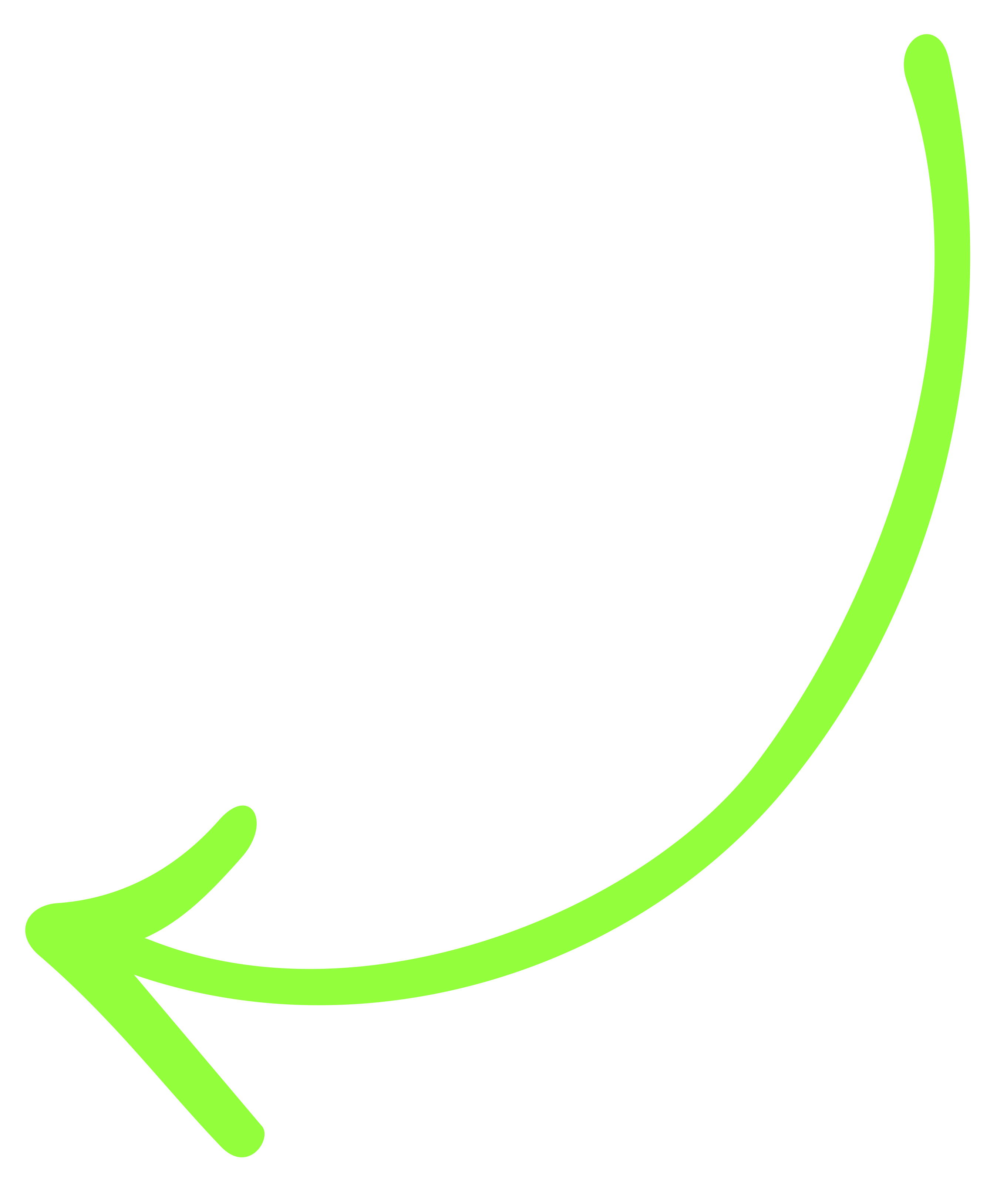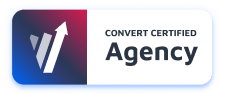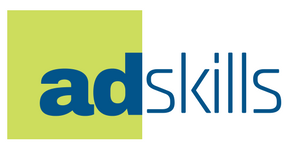Google Sheets Vs. Data Studio
Google Sheets and Data Studio are both products of Google, and both serve a somewhat similar purpose when it comes to representing data. Both are different from one another though; they function differently depending on how you need data represented. Do you need a data visualization or a data analysis? Finding the right tool to use is a matter of knowing what you need to do with your data.
What is Google Sheets?
Google Sheets is a spreadsheet program created by Google. It’s a free web-based program included in the Google Docs Editors suite, and its purpose is to make data analysis and manipulation easier for the user. It’s similar to Microsoft Excel, with the most obvious difference being that it’s free to use. You can collaborate on documents with your peers and/or coworkers from anywhere, and Google Sheets can autofill common information based on data other users have input into previous documents.
Before you use Google Sheets, however, it’s important to know the pros and cons of the software. You won’t be able to do everything you need to with one document, so sometimes it’s necessary to use something else, such as Google Data Studio. It all depends on what exactly you’re wanting to accomplish with the data you need to input.
What Google Sheets Can Do For You
Google Sheets can do four main things for you, and there are several great benefits to using the program as opposed to doing data analysis by hand.
- Collaborate with your peers. If you need to collaborate on data analysis or manipulation with peers, coworkers, or anyone else, Google Sheets makes it easy. You can share a document with others, and they can edit or add anything to it. It also gives you the ability to comment and assign action items to keep your work flowing smoothly. There’s almost no need to worry about trying to communicate with others working on the same project when Google Sheets lets you do it in real-time sans talking over the phone.
- Small fill data suggestions. Some people may consider it as annoying as auto-correct, but data suggestions may help get work done faster. It won’t work with everything, but common data can be filled in for you if you wish. You can also ask questions about your data in simple language and get quick insights to analyze faster and make fewer errors in your work!
- Connect to other Google applications. All of your work done through Google is connected with the other apps you frequently use. This means that Google Sheets can be embedded in slide shows, you can respond to comments through Gmail, and/or you can analyze Google Forms data in Google Sheets.
- Edit Microsoft Excel sheets in Google Sheets. Since Google Sheets is an online program, you can choose to edit Microsoft Excel sheets online without the need to convert them. Doing this enables you to use the features in Google Sheets while hanging onto your Microsoft Excel file.
Pros of Using Google Sheets
Even if Google Sheets isn’t great at data visualization, there are still great pros to using the online program. When using it for the right thing, Google Sheets can be a great help in your data analysis.
- Google Sheets is super easy to start using. There’s hardly a learning curve to using the program; almost anyone can do it. As long as you have your data, you can analyze or manipulate it easily.
- It’s free. You don’t have to subscribe or pay an annual fee to use Google Sheets. It’s easy to stay within a budget.
- Formulas are a breeze. With Smart Fill and formula suggestion features, Google Sheets makes formulas much easier to use. You don’t need to worry about trying to figure everything out on your own.
- Get answers quickly. Asking questions and getting your answer is quick and easy with Google Sheets.
Cons of Using Google Sheets
One program can’t do everything, of course. There are times when something else will be more suited for what you want to do with your data, and Google Sheets is no exception.
- Not suited for recurring questions or manual entries. If you have recurring questions or need to input your data manually, Google Sheets may not be your best option for doing so.
- Bad at visualizing data. Google Sheets uses charts for data entries, meaning there’s not much you can do to visualize your data.
- Limited to 10M cells. If you need to input big data, using Google Sheets will slow down the process due to its limitations.
What is Google Data Studio?
Google Data Studio is an online tool used for data visualization. You can convert data into customizable reports and dashboards. It’s another free program offered by Google for its users. You can use almost any kind of chart with Data Studio, including pie, line, and bar charts, as well as geo maps, pivot tables, area/bubble graphs, and paginated data tables. If data visualization is what you need, Data Studio is the perfect tool to use.
As with anything, there are certain things you can and cannot do when using Google Data Studio. Some things are done better using a different tool, such as Google Sheets. There’s also a rather steep learning curve when you’re first introduced to the program; it’s not easy for everyone to get the hang of. However, it’s totally worth it when you think of the benefits that come with using it.
What You Can Do with Google Data Studio
As with Google Sheets, you can collaborate with your peers and/or coworkers on charts you’re working on. You can invite people to work on and edit the reports by email. You’re also able to embed data charts into other documents or slide shows, and Google sites, blogs, articles, and annual reports. It’s a pretty versatile program.
You can also:
- Connect to your data. Google Data Studio allows you to report from a variety of sources without programming. You can connect to BigQuery, Google Marketing platforms, Google consumer products, flat files, social media, and several other sources.
- Make interactive reports. You can use viewer filters and data range controls to allow others to interact with your report. Turn your report into a template for others to use with their own data.
- Use Data Studio to your advantage for organization. Cloud Identity and Google Workspace administrators can manage users and control access to assets of Data Studio.
Google Data Studios may not be able to do everything, but it’s certainly great at what it’s designed to do.
Pros of Using Google Data Studio
There are several pros to using Google Data Studio to visualize your data. It’s hard to not be enticed by what you can do with it.
- Best in class at visualizing data. Trying to visualize data on your own can be difficult, but Google Data Studio makes it much easier for you. You can use templates for your reports, or you can create your own. It’s all customizable and makes your data that much easier to visualize.
- Loads fast if you source your data right. It’s annoying to have to wait a long time for things to load, but Data Studio nearly eliminates the problem. Source your data right and you’ll be ready to go in no time.
- Blending data is easier than using SQL in Sheets and complex QUERY formulas. Data Studio has what Sheets lacks when it comes to data visualization. Don’t worry about using complex QUERY formulas or trying to utilize SQL in Sheets; Data Studio has you covered.
Cons of Using Google Data Studio
Nothing is perfect, and Data Studio isn’t an exception to that rule. As with any program you use, it does have its cons.
- It has a steep learning curve. Unlike Google Sheets, Data Studio isn’t an easy program to learn to use. It takes some work to figure it out.
- You cannot work with data; only visualize it. Data Studio is only meant to be used for visualizing data. You can’t use the program to work with it.
- Adoption isn’t as large as Sheets, and it takes more education for users to get going. Users probably won’t be able to figure out how to work the program their very first time using it.
Popular Formulas That Can Be Used in Both Programs
If you’re new to using Google Data Studio, you’ll be happy to know there are formulas you can use across both platforms. You can work with your data in Google Sheets and visualize it in Data Studio using the same formula.
Two popular formulas to use across Sheets and Data Studio:
- https://support.google.com/datastudio/table/6379764?hl=en&_ga=2.240678407.50945921.1654639241-1819098432.1630451432#query=
- https://support.google.com/docs/table/25273?hl=en&_ga=2.240678407.50945921.1654639241-1819098432.1630451432
Try Using a CASE Statement Formula in Data Studio
Data Studio isn’t much help when it comes to working with data; the program is very limited in that aspect. However, a CASE statement formula can be used for better analysis of your data in Google Data Studio. You can create a new field from over 75 sources Data Studio is currently connected to. It’ll make your life a lot easier when using the program.
A CASE statement formula is a formula that returns dimensions or metrics based on conditional expressions. You can use this to evaluate boolean values and return whatever value you specify.
Data Studio is Growing, and the Trajectory is Impressive
As Data Studio becomes more known, more companies are starting to utilize it. Most companies that use Data Studio work in computer software or marketing and advertising, which isn’t too surprising. Approximately 24K companies or organizations currently use Data Studio, but the number may be higher since it may be difficult to track exactly how many people use it. This number includes some big companies too, such as Colgate Palmolive and Wayfair. It’s pretty safe to say that many companies find the program useful!
There are also over 600 connectors to different data sources, and users can build visualizations for other uses to utilize. Using Data Studio not only helps you, but it helps other users if you make your visuals readily available for people to edit. Not only that, but you can blend data with different JOIN types besides just left outer, which used to be the only option.
Google Sheets vs. Data Studio: Which is Better?
Google Sheets and Data Studio serve different purposes; neither is really better than the other. It just depends on what you need to do. Sheets is better for data analysis and manipulation, while Data Studio is better for data visualization. They both have their pros and cons, and both are great tools to use in regard to data.
Since you can use data from Google Sheets in Data Studio, it’s easy to work with data and visualize it across platforms with the added plus of being able to use the same formula in some cases.
All in all, both Google Sheets and Data Studio are amazing tools, and there’s no shame in using both programs for your marketing needs. Data can be hard to work with, but Google does what it can to make things easier for you and/or your marketing team. It’s all connected, and collaboration and communication with your team are easy and free.
Knowing Which One to Use
If you work with data a lot, and you’ve never used Data Studio, it can be hard to know when it’s time to use the program. How do you know which one is right for the job? A datasheet might be easier to work with, but it’s not a great visualization of your data. While you may understand it, coworkers or potential customers might not have such an easy time. If you need help making a decision, it’s time to contact us at Rednavel Consulting.
Here at Rednavel Consulting, we’re a digital market consultant that’s all about helping you and/or your marketing team understand everything there is to know about Google Sheets and Data Studio, and we can help you with data analytics and your SEO strategy.










